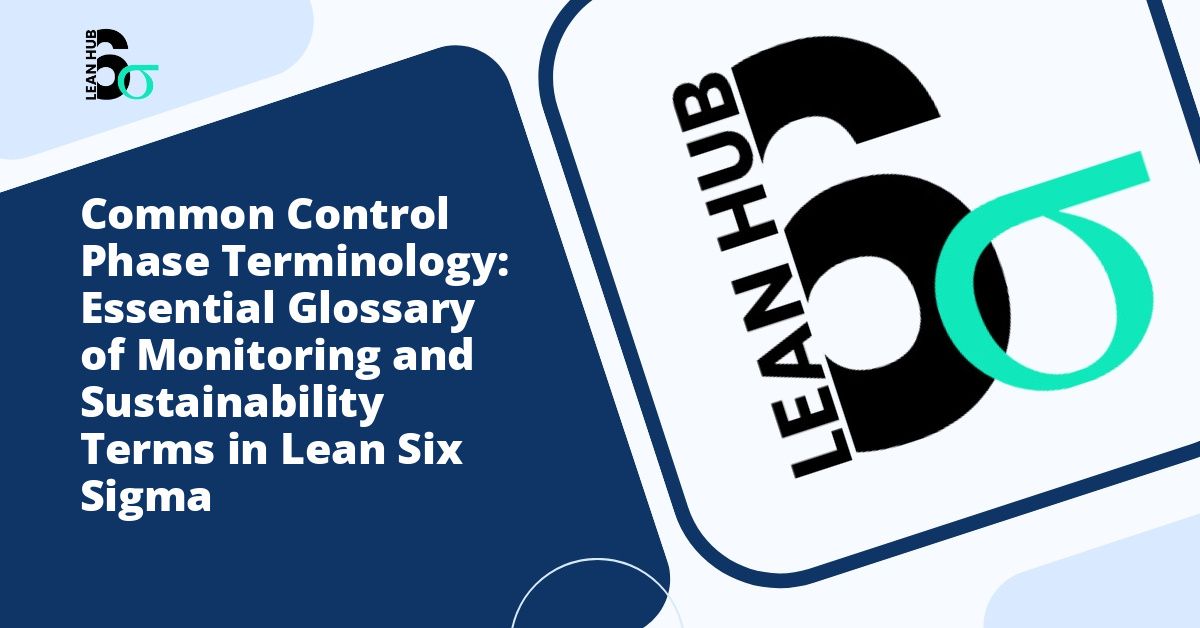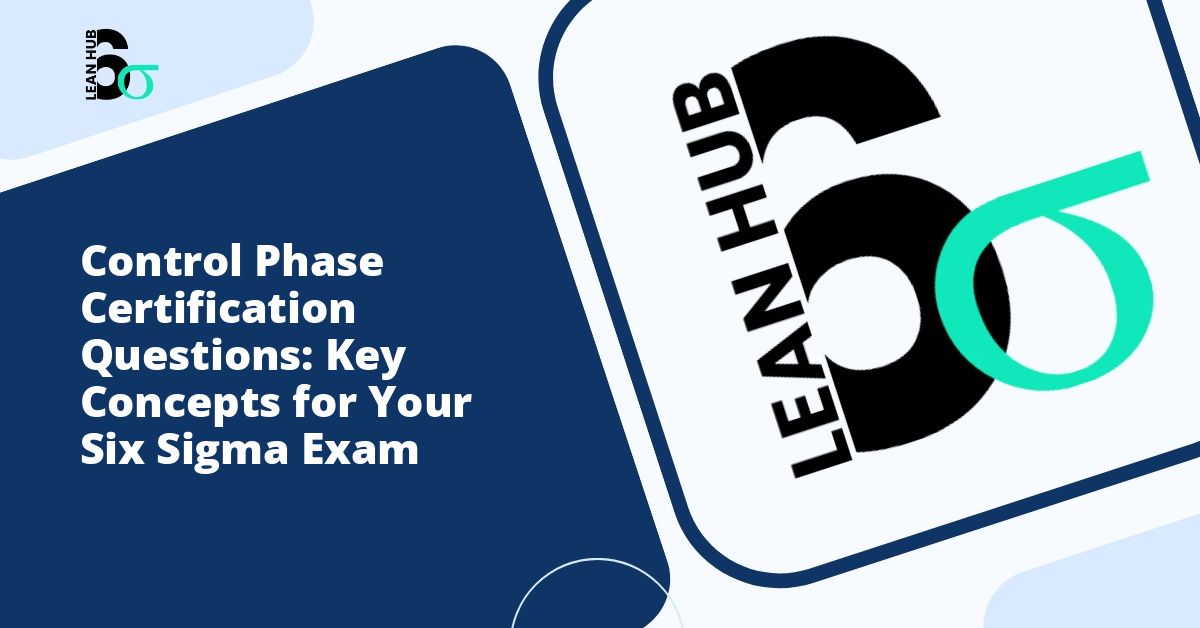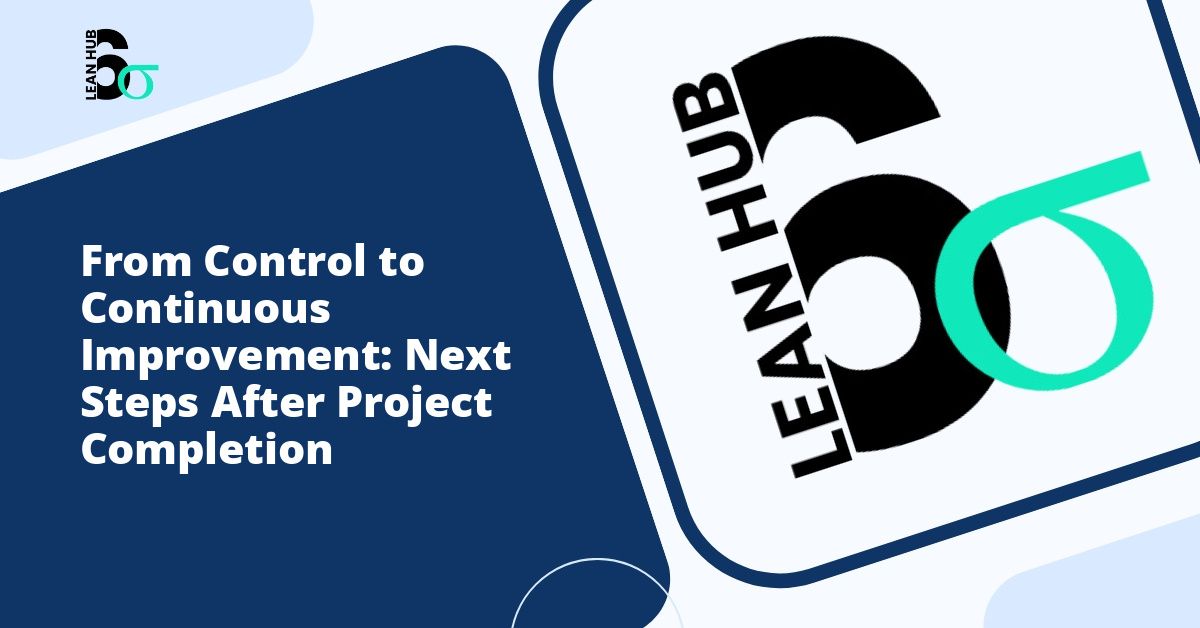The Control Phase represents the culmination of a Lean Six Sigma project, where all the hard work, analysis, and improvements come together for final evaluation. This critical phase requires thorough documentation, validation of results, and most importantly, obtaining final sign-off from project champions and stakeholders. Understanding the requirements and expectations for this tollgate review is essential for any team member involved in process improvement initiatives.
Understanding the Control Phase in Lean Six Sigma
The Control Phase is the fifth and final stage of the DMAIC (Define, Measure, Analyze, Improve, Control) methodology used in Lean Six Sigma projects. After successfully implementing improvements during the Improve Phase, the Control Phase ensures that these enhancements are sustainable and continue to deliver value over time. This phase is not merely a formality but a structured approach to cementing gains and preventing process regression. You might also enjoy reading about Continuous Improvement Culture: Building Momentum After Six Sigma Success.
During this stage, project teams must demonstrate that their solutions are working as intended, that process owners are equipped to maintain the improvements, and that proper monitoring systems are in place. The tollgate review serves as the formal checkpoint where leadership evaluates whether these criteria have been met before granting final approval. You might also enjoy reading about Control Limits vs. Specification Limits: Understanding the Critical Difference in Quality Management.
The Role of Champions in Lean Six Sigma Projects
Champions are typically senior leaders within an organization who sponsor and support Lean Six Sigma initiatives. They provide resources, remove barriers, and ensure that projects align with strategic business objectives. Their involvement throughout the project lifecycle is crucial, but their role becomes particularly significant during the Control Phase tollgate review. You might also enjoy reading about How to Calculate Control Limits for Your Process Metrics: A Complete Guide.
Champions evaluate whether the project has delivered on its promises, assess the quality of the control mechanisms, and determine if the team is ready to hand off the improved process to operational owners. Their final sign-off represents organizational commitment to sustaining the improvements and acknowledging the project’s successful completion.
Essential Documentation for Tollgate Review
Preparing for the Control Phase tollgate review requires comprehensive documentation that tells the complete story of the project. The following materials should be ready for presentation:
Project Storyboard
A complete project storyboard provides a visual narrative of the entire DMAIC journey. This should include the original problem statement, project scope, baseline metrics, analysis findings, implemented solutions, and achieved results. The storyboard allows champions to quickly understand the project’s progression and impact without diving into extensive details.
Control Plan
The control plan is perhaps the most critical document for this phase. It outlines exactly how the team will maintain the improvements over time. This plan should specify what metrics will be monitored, how frequently measurements will occur, who is responsible for tracking, and what actions will be taken if the process begins to drift. A robust control plan demonstrates that sustainability has been thoughtfully considered.
Statistical Process Control Charts
Control charts provide visual evidence that the process is stable and performing within acceptable limits. These charts should show data from both before and after implementation, clearly demonstrating the improvement and current state of control. Champions need to see that the process is not just improved but also predictable and manageable.
Standard Operating Procedures
Updated standard operating procedures (SOPs) ensure that anyone working with the process understands the new methods. These documents should be clear, comprehensive, and accessible to all relevant personnel. Well-written SOPs are fundamental to preventing backsliding into old habits.
Key Sign-Off Requirements from Champions
Champions evaluate several critical factors before granting final approval. Understanding these requirements helps teams prepare more effectively for the tollgate review.
Demonstrated Results
Champions need concrete evidence that the project has achieved its stated objectives. This means presenting before-and-after comparisons of key metrics, showing statistical significance of improvements, and demonstrating that gains have been sustained over a reasonable period. Financial benefits should be clearly documented and validated by finance personnel when applicable.
Sustainability Mechanisms
Beyond achieving results, teams must prove that improvements will last. This requires showing that process owners have been trained, monitoring systems are operational, and response protocols are established for when issues arise. Champions want assurance that their investment in the project will continue yielding returns.
Knowledge Transfer
Successful knowledge transfer from the project team to process owners is non-negotiable. Champions verify that operational staff understand the new process, know how to monitor performance, and can identify when corrective action is needed. This often includes evidence of training completion, competency assessments, and transition plans.
Risk Mitigation
Teams should identify potential risks to sustainability and present mitigation strategies. This proactive approach demonstrates maturity and realistic thinking about long-term maintenance. Champions appreciate when teams have thought through various scenarios and prepared contingency plans.
The Recognize Phase: Celebrating Success
While not always formally included in traditional DMAIC methodology, many organizations incorporate a recognize phase following successful project completion. This phase acknowledges team contributions, shares lessons learned, and celebrates achievements across the organization. Recognition serves multiple purposes beyond simple appreciation.
First, it reinforces the value of Lean Six Sigma methodologies and encourages continued participation in improvement initiatives. When team members see their efforts acknowledged, they become advocates for future projects. Second, recognition provides opportunities to share best practices and successful approaches with other teams, multiplying the impact of individual projects.
Champions often play a central role in the recognize phase by publicly acknowledging team accomplishments, presenting awards or certifications, and communicating results to broader leadership. This visibility helps build organizational capability and demonstrates leadership commitment to continuous improvement.
Best Practices for Successful Tollgate Reviews
Teams can increase their chances of smooth approval by following these proven practices:
- Prepare thoroughly: Review all documentation multiple times before the formal presentation. Ensure data is accurate, charts are clear, and narratives are compelling.
- Practice your presentation: Rehearse with team members to ensure smooth delivery and anticipate potential questions from champions.
- Focus on business impact: While technical details matter, champions are primarily interested in business outcomes and strategic value.
- Be honest about challenges: Transparency about difficulties encountered and how they were overcome demonstrates maturity and provides valuable learning for future projects.
- Engage stakeholders early: Do not surprise champions at the tollgate review. Keep them informed throughout the Control Phase so they understand progress and can provide input before the formal sign-off.
Common Pitfalls to Avoid
Several common mistakes can derail tollgate reviews. Being aware of these helps teams navigate the process more successfully:
Insufficient data on sustainability is perhaps the most frequent issue. Teams sometimes rush to the tollgate review before collecting enough post-implementation data to demonstrate stability. Champions need confidence that improvements are not temporary fluctuations but genuine, lasting changes.
Another pitfall is inadequate process owner buy-in. If the people who will maintain the process going forward are not fully engaged and capable, champions will rightfully hesitate to grant approval. Ensure operational staff are genuinely prepared to take ownership.
Overly complex control mechanisms also raise concerns. If monitoring and maintenance require excessive effort or specialized knowledge, the process will likely degrade over time. Keep control systems practical and appropriate for the organizational context.
Conclusion
The Control Phase tollgate review represents the formal completion of a Lean Six Sigma project, but its significance extends far beyond administrative closure. This checkpoint ensures that improvements are sustainable, benefits are real, and the organization is positioned to maintain gains over time. By understanding champion requirements, preparing comprehensive documentation, and implementing robust control mechanisms, teams can successfully navigate this critical milestone. The recognize phase that often follows provides valuable opportunities to celebrate success and build momentum for future improvement initiatives. Ultimately, successful tollgate reviews strengthen organizational capability and demonstrate the lasting value of structured problem-solving approaches.








